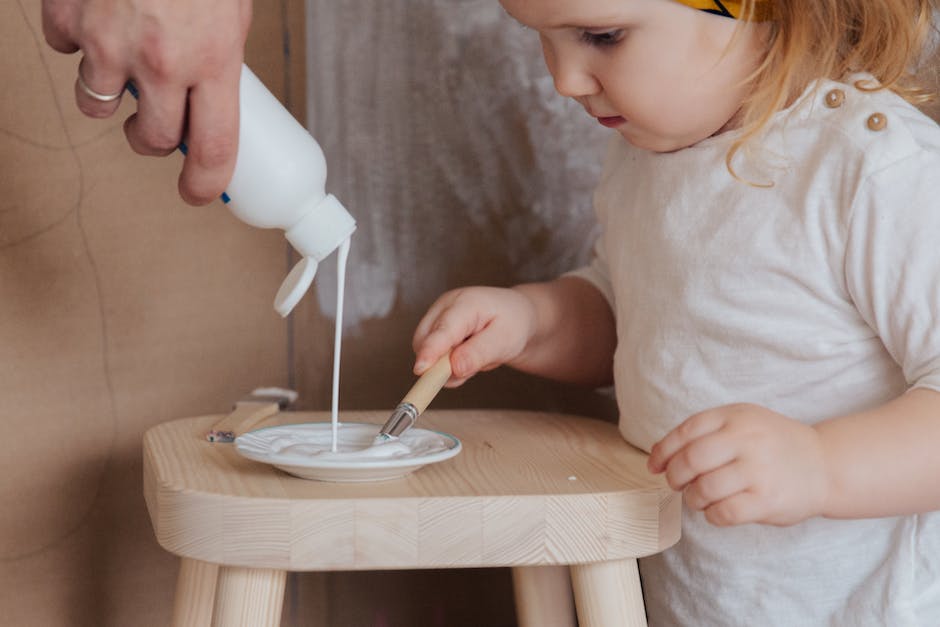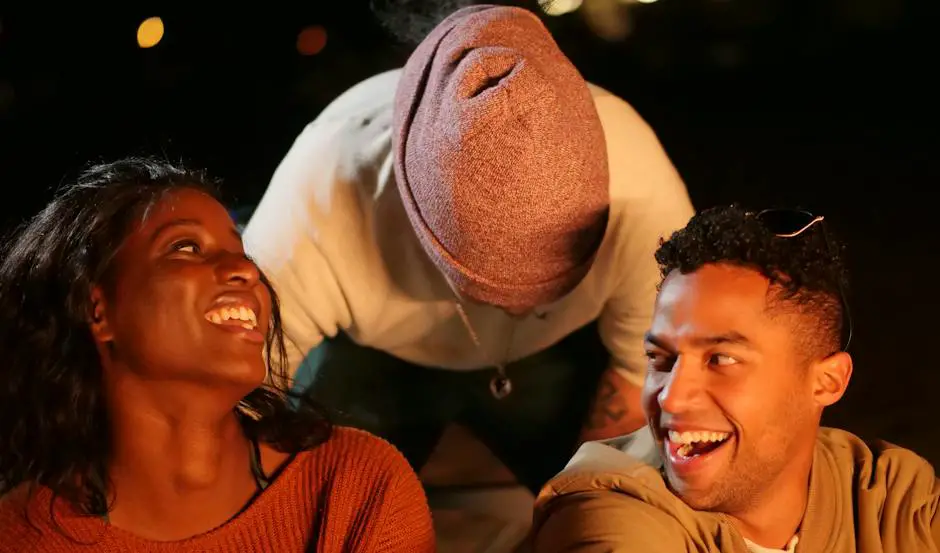We’ve all been there, standing on the precipice of another family gathering, grappling with the desire to gracefully bow out. Whether it’s Aunt Edna’s relentless questions about your love life or the fear of Uncle Bob’s mystery casserole, sometimes the heart yearns for the comfort of your own couch instead. Mastering the art of the excuse is a delicate dance between creativity and tact, blending humor with the soft shuffle of not stepping on familial toes. So, how does one conjure up a tale whimsical enough to elicit a chuckle rather than a frown? Stick around as we explore the boundless realm of creative writing skills, the nuances of social etiquette, and the quick-witted charm of improv to craft the perfect tapestry of tongue-in-cheek evasions for those times when your presence is desired, but your spirit is elsewhere.
Creative Writing Skills
Crafting Humor in the Art of Excuse-Making: A Creative’s Guide to Writing Whimsical Explanations
Artistry isn’t just about colors on a canvas or the notes in a melody; it’s woven into the very words we sculpt, especially when it comes to the delicate craftsmanship of excuses. Developing creative writing abilities for crafting humorous excuses is an underrated talent, one that dances on the fine line between wit and imagination. Whether it’s to lighten the mood, bring a smile, or simply to make the mundane magnificent, here’s how you can hone this whimsical wordplay.
Painting a Picture with Words
Begin by visualizing your excuse as a scene from a story. Does your reason for being late involve a runaway dog, or perhaps a rogue alarm clock? Imagine the characters, the setting, the plot. Sketch these details in your mind before you start to write. Like any good artist, the more vividly you see your world, the more vividly you can share it with others.
Developing Characters: Give Life to Your Excuses
Every great excuse has a protagonist. This character – possibly a mischievous squirrel or an overly chatty neighbor – should be relatable but exaggerated. Their quirks and foibles are what make your excuse memorable. Infuse them with personality and a hint of absurdity for that comedic edge.
Setting the Scene: Context is Key
Begin with the familiar – the spilled coffee, the lost keys – then twist it into the extraordinary. Perhaps the coffee was staging a caffeinated coup against its cup, or the keys embarked on an epic journey to the couch cushions. Whatever the scene, it should be based upon a reality embellished with creativity.
Plots of Peculiarity: Craft a Story Arc
Humor thrives on the unexpected. Within your excuse, build a mini narrative with a beginning, a middle, and an end. Just like a punchline surprises and delights, so should the climax of your excuse. Lead the audience down a path they think they know, then turn the corner abruptly into the land of the ludicrous.
Dialogue and Monologue: Conversational Humor
Use dialogue or inner monologue to add comedic timing. Let the characters in your excuse speak for themselves. The contrast between what is said and what is happening is often a goldmine for humor. Remember, timing is to comedy what rhythm is to music – essential.
Word Choice: The Palette of Persuasion
Select words like a painter chooses colors, carefully and deliberately. Vivid adjectives, unusual nouns, and action-packed verbs make the story pop. Alliteration and puns add an extra layer of fun. Be playful with language, and let synonyms and homophones add a double entendre.
Practice Makes Perfect: Sharpen Your Wit
As with any art form, practice is essential. Jot down funny observations throughout the day, or rewrite dull sentences into amusing anecdotes. Read your work aloud, tweak the cadence, and fine-tune the humor until it elicits the chuckle you’re aiming for.
Reception and Delivery: Know Your Audience
Lastly, always tailor your humor to your audience. An excuse that gets a laugh in one circle might not amuse another. Ensure your delivery is confident but not overbearing. The aim is to entertain as you explain, leaving your audience both bemused and disarmed by your creativity.
In essence, humorous excuses are miniature masterpieces of creativity. They require imagination, storytelling, and a splash of audacity. With these techniques, you’ll not only craft excuses that deflect displeasure but also bring to life stories that will endear, entertain, and elevate your everyday engagements to works of art. No summary is needed because the best stories – and excuses – always leave you wanting just a little bit more.

Understanding Social Norms
In the realm of artistic creation, the medium often extends beyond traditional canvases, encompassing the very essence of human interaction. When fabricating excuses, one performs a delicate dance with societal expectations, a mise-en-scène where social norms act as the invisible choreographer. To sidestep the pitfalls of offence or incredulity, understanding these unspoken directives is nothing short of imperative.
Imagine excuses as abstract brushstrokes on the social canvas, where each hue of apology must harmonize with the public’s perception of courteous discourse. Social norms, therefore, serve as a guiding principle, ensuring that the composition maintains balance and respects the boundaries of acceptable expression.
Fluency in social expectations is like holding a master key to a vast gallery of reactions. It allows the excuse-maker to navigate the fine line between sincerity and creativity, ensuring the recipient sees a polite reflection in the excuse rather than an abstract insult. Knowledge of what is considered respectful and reasonable tempers the imagination, thus avoiding the creation of an excuse that is too bold, too vivid, or too jarring against the fabric of social etiquette.
Moreover, when social norms are adhered to, they lend subtlety and nuance to the excuse. They become the shadows and highlights that give depth to the overall image, promoting understanding and empathy. In contrast, ignorance of these norms risks producing a gaudy, off-key result, breaking the composition’s harmony and inviting skepticism or even animosity.
In conclusion, engaging with the delicate art of making excuses is akin to threading a needle with strands of social awareness. To avoid a faux pas, one must blend the pigments of truth with the textures of tactfulness, delivering an excuse that is both believable and palatable. This dance with social norms may sometimes constrain the broad strokes of one’s creative impulses, but it is the key to maintaining the integrity of interpersonal relationships and ensuring the masterpiece of social interaction remains untarnished.

Improv and Spontaneity
Embracing Improv for Artful Excuses: Mastering Social Savvy and Expressive Apologies
As artists of everyday interactions, we wield brushes of improvisation that can either mar the canvas of our social interactions or enhance it with strokes of genius. While embellishing truths with creative excuses might seem a trivial task, achieving a balance between plausibility and humor requires an understanding of the complex interplay between social norms and individual expression.
Social Norms as the Framework for Excuses
Social norms act as the guidelines for acceptable behavior within society, forming the invisible lines that our excuses must color within to maintain coherence. Just as a figure drawing must respect anatomical correctness to avoid jarring the observer, a funny excuse must resonate with societal expectations to ensure credibility. Improv skills help by allowing us to quickly assess these norms, adapt to the context, and tailor our excuses so that they ring true while still eliciting a chuckle.
Abstract Brushstrokes on the Social Canvas
Each excuse is a unique creation, akin to an abstract painting that defies rigid interpretation. These verbal brushstrokes play with the reality of the situation, adding layers of humor and creativity. The artist of excuse-making utilizes improv to instinctively know how much distortion the audience can tolerate before the excuse loses its shape, ensuring that laughter is the outcome, not disbelief.
Harmonizing Apologies with Societal Expectations
Understanding the undercurrents of expectation within a culture or social group is paramount. Improv training equips the individual with an attuned ear, able to harmonize their apologetic narratives so they resonate pleasingly within the ears of their audience. This alignment not merely appeals but also shows an understanding and respect for shared values.
Maintaining Respect and Balance
Even the most artful excuse must be grounded in a degree of respect. There’s a certain grace in laying the colors of one’s excuses upon the social fabric without rending it. Improv offers the agility to swiftly navigate this tightrope, never dipping into disrespect or insincerity, while also maintaining the levity of the moment.
The Importance of Subtlety and Nuance
In the world of excuses, much like the world of art, less is often more. A dab of nuance here, a hint of subtlety there – these are the qualities that transform an excuse from a clumsy evasion to a charming reprieve. Improv hones an awareness of these subtleties, teaching the artist when to pull back and when to add a defining detail.
The Risks of Ignorance or Disregard for Social Norms
Bearing in mind that an overly bold or brash excuse can fray the edges of our social fabric, improv skills help us avoid the pitfalls of ignorance or indifference. Reading the room becomes second nature, ensuring that creative fabrications do not overstep but instead fit seamlessly into the shared cultural tapestry.
Blending Truth and Tactfulness
An effective excuse is a blend of fact and fiction, truth and tact. The foundation of any good excuse is believability – without it, the artistry cannot be appreciated. Improv training aids in finding this blend, crafting narratives that hold enough reality to be trustworthy while still being coated with the sweet syrup of humor.
The Delicate Art of Making Believable Excuses
Crafting excuses is an art form where believability is the keystone. Every social interaction is a live audience — responsive, discerning, and involved. Improv skills are the brush that feather in the details making the outcome comprehensible and acceptable while evoking a knowing smile.
The Impact of Excuse-Making on Interpersonal Relationships
Afterall, the art of making excuses is deeply human, reflecting our need for empathy and understanding. The finesse with which these small apologias are rendered can strengthen bonds, relieving tensions with laughter or a nod of acknowledgment, and thus sealing the social contract afresh with each interaction.
This gentle dance of light-hearted deception is one that, when performed with improv-infused artistry, leaves all participants enriched by the shared moment of creative storytelling. The interplay between roles, the subtle nod to social codes, and the bright flourish of an imaginative excuse—each is a testament to the joyful creativity inherent in human connection.

The art of the graceful decline is a tapestry woven with threads of wit, creativity, and a touch of whimsy. As we navigate the labyrinth of familial expectations and social decorum, let us remember that the ultimate goal is not just to escape the clutches of yet another family soiree, but to do so with a flair that leaves our relatives smiling rather than scowling. May these tools of the trade serve you well, emboldening you to respond with poise and a little bit of panache when the next invitation comes a-knocking. After all, life is too short for lackluster excuses, so why not make the ones you do offer as colorful and amusing as the characters you share your family tree with?


Recent Comments